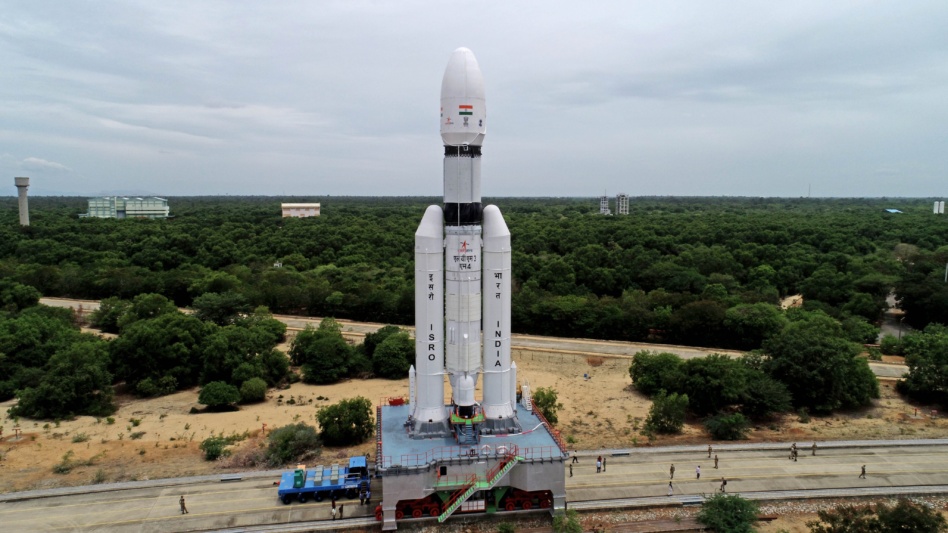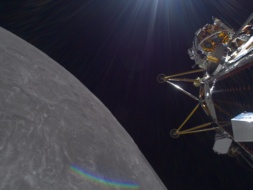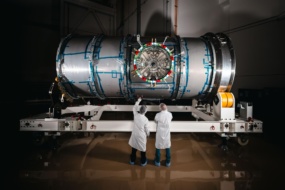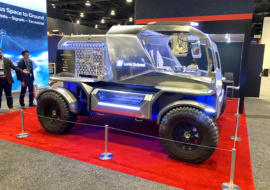India rolled its LVM3 rocket to the pad Thursday and announced its Chandrayaan-3 lunar lander mission will take flight July 14.
The launch sets the stage for lunar redemption. It will be the country’s second landing attempt after its Chandrayaan-2 vehicle crash-landed on the Moon’s surface nearly four years ago.
The mission: Chandrayaan-3 consists of a propulsion module, a lander module, and a 26 kg rover. After reaching lunar orbit, the spacecraft will jettison its propulsion module and attempt a mid-August 100-km descent to the Moon’s unforgiving surface.
Once on the Moon’s South Pole, the lander will release the rover, and the duo will commence numerous scientific experiments, which will include measuring:
- The environment’s thermal properties
- Plasma density on the surface
- Seismic activity around the landing site
- Lunar regolith composition
Blind corner: The lunar surface has been the site of three vehicle wrecks over the past five years, including India’s Chandrayaan-2, Israel’s Beresheet in 2019, and ispace’s Hakuto-R in April. If this upcoming mission is successful, India will become just the fourth nation to soft-land on the Moon, after the US, Soviet Union, and China.
India enters: The mission highlights India’s growing presence in the space industry. In addition to lunar exploration, ISRO has invested in a sustainable rocket program, a crew-rated spacecraft, and expanding international collaboration.
During President Modi’s recent visit to DC, he announced that India was signing on to the Artemis Accords and working with the White House on numerous human spaceflight and hardware initiatives.




